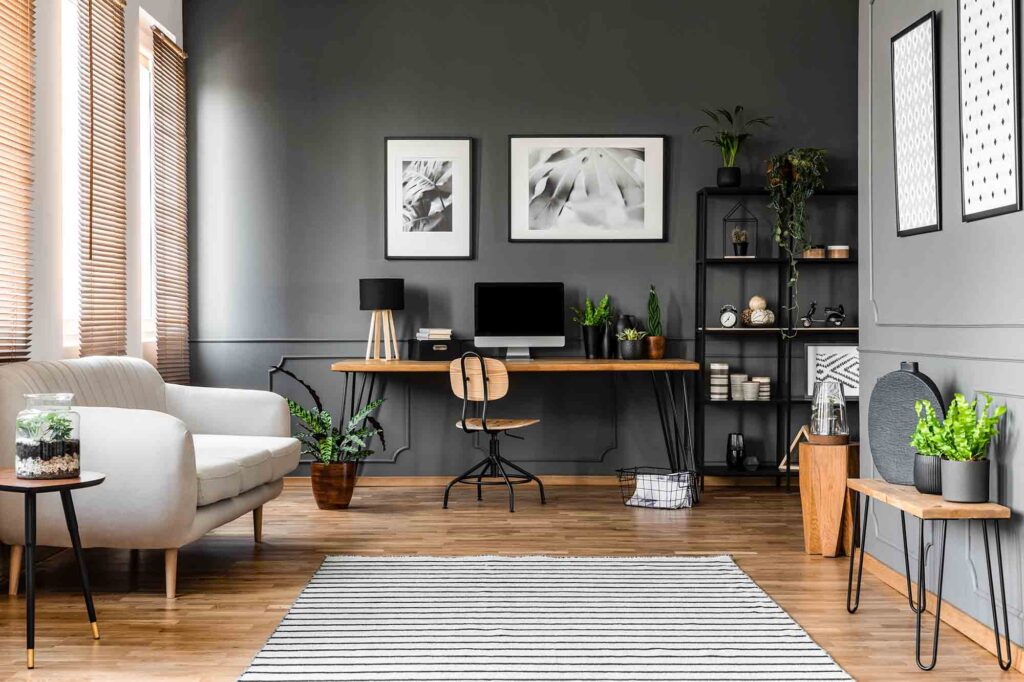Market & Figures / 13-04-2021

“Initially, Germans bought or rented larger apartments: Since 1990, the average living space phas increased by 34 %. Since 2010, however, this development has stagnated for renters. Instead, owners, on the other hand, have been treating themselves to more and more space.”
“Singularization, migration, urbanization and demographic change” make up the most important factors on the demand side of the housing market, according to the IW. For example, the share of single-person households has risen from 34 % to 42 % from 1990 to 2018. Three-quarters of all households have two people or fewer living in them. “Households with three or more persons, meanwhile, have lost relevance for the housing market,” the IW writes dryly. Migration has also had a significant impact on the rental housing market. Tenants with a migration background already have a share of 32 %. The aging of society is again more noticeable than average among owner households: 40 % of them were older than 65 in 2018, compared with 27 % in 2000. The proportion of those under 45 halved over the same period and now stands at just 15 %.

This highly changed population structure naturally has an impact on the consumption of living space – but in very different ways. Within the population as a whole, living space of more than 41 square meters per capita already places people in the top 50 % of a community. From 83 square meters per capita people belong even to the top 10 %. However, if you live alone, as 21 % of the population do, you can afford significantly more living space: the average living space here is 65 square meters. However, if we look at the living space per household, the average is 100 square meters. 10 % of the population even live in apartments larger than 163 square meters. There are enormous differences between owner-occupiers and tenants. On average, the former live in 125-square-meter apartments, while tenants live in 75-square-meter apartments. Per capita, owners have 48 square meters and tenants 35 square meters.
But not all “socio-economic subgroups” differ so clearly in their consumption of living space, the IW also found. For example, people with a university degree live in slightly larger apartments on average (105 square meters) than people with a secondary school diploma (92 square meters). But there is hardly any difference between the two groups in terms of living space per capita.
The study provides a good basis for many interesting observations, including overlapping effects. If we look at the income groups, for example, it may initially come as a surprise that the average living space per capita for people with a net income of less than 2,000 euros is larger at 48 square meters than in the case of 6,000 euros and more (43 square meters). But this is only due to the household constellation: High-income households are more often dual-income households and thus naturally multi-person households at the same time. The total living space among people with very high total incomes is therefore more than twice as large (140 square meters) as among low-income earners.
IW author Pekka Sagner also draws attention to the correlation between financial situation and apartment size: “The housing market situation, which has been tight for ten years now, has not left households’ consumption of living space unscathed. In phases of sharply rising real estate prices, the housing market is to a certain extent able to absorb some of the market tension within itself.”

